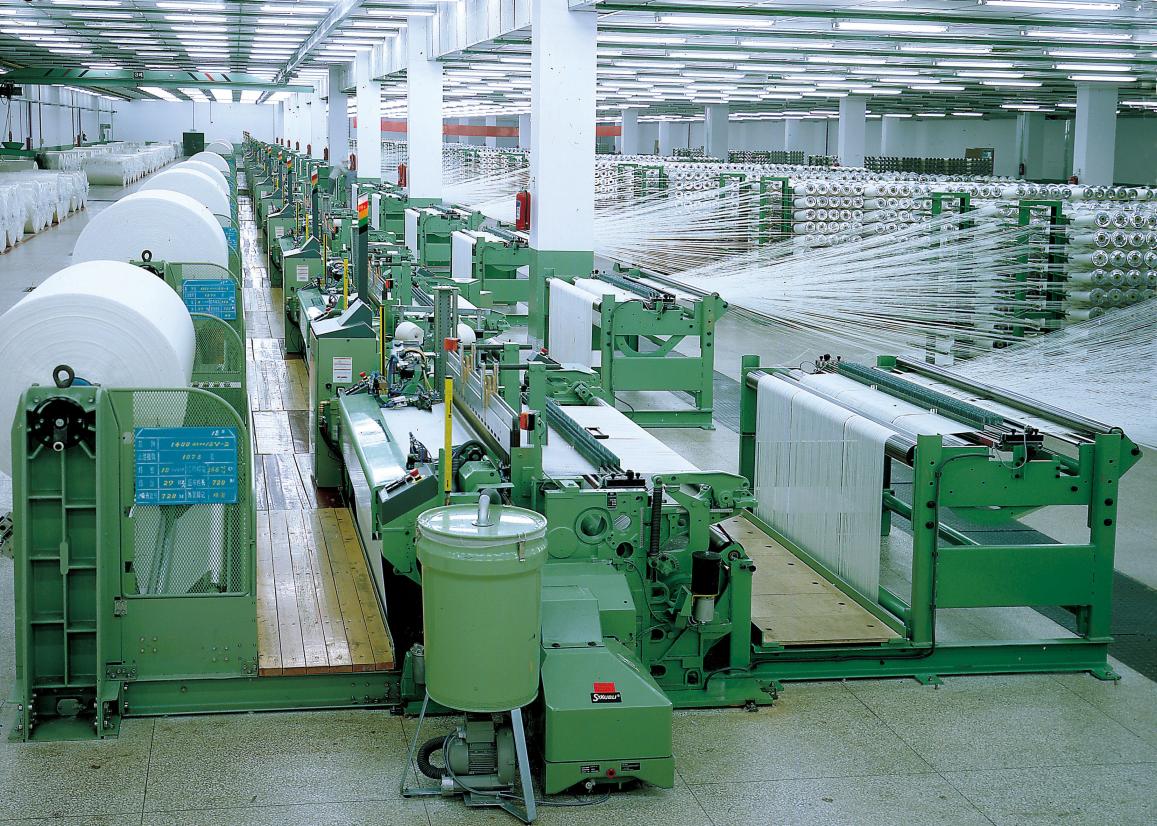Iran has a rich background in textile industry, as carpet weaving, loom weaving, dyeing, and embroidery have been practiced in the country for millenniums. It is also among the first industries for which industrial machinery was imported to Iran 90 years ago. Regardless of ups and downs in the industry during the past nine decades, the current situation is not satisfactory at all.
Many textile companies have gone bankrupt during the past decade while those that survived are struggling with a multitude of problems to provide liquidity as well as raw material to market their products. The fluctuations of the raw material prices have prevented the textile manufacturers from developing long-term plans, the director at the private sector textile company Polytech, Nader Azimi told the Financial Tribune.
The main problem in the domestic textile sector is that it lacks tools, the individuals, the leaders and managers, and people who have general understanding and knowledge of methodologies that are utilized by foreign companies in developed countries, Azimi, a US-educated industrialist added.
Textile is an old school business in Iran and the majority of industrialists in the sector have old school mindsets. The industry needs to be totally restructured. Today, the real value added in the industry lies in designing and branding. The final goal for the textile industry should not only be creating quality fabrics, but also making designs which create the real value added. Another source of revenue for the sector could be achieved by shifting the focus on producing high-tech fabrics for specific purposes, for example the material for concrete-impregnated fabrics used for ditch-lining.
“The government is expected to provide incentives to encourage the garment producers and textiles manufacturers to export their products to specific markets. Naturally, a stable economy is required as a basis for all such developments. Foreign financiers need to make sure that their investments in this country will pay off in the long run,” Azimi said.
According to Azimi, whose company produces three-dimensional fabrics mainly used in bedding and auto industries, low quality and low production capacities are also among the setbacks for Iran’s textile producers.
“The government is expected to direct its funds towards the industries and manufacturers that have grown and proven themselves. To do so, the government needs the right legal and audit systems. I plead the officials at the ministry of industry, mine, and trade to create teams to audit different sectors of the industry and to understand who the big players are who can be trusted for more financial resources and cheap loans,” Azimi further said in an interview with the Financial Tribune.
The textile industry, like many other industrial sectors in Iran, has suffered immensely from western sanctions – imposed on the country over its nuclear energy program. “A German manufacturer of textile machinery gave me a list of all their sales during the past decade. While a huge number of such machinery went to China, Vietnam, India, and Turkey during the past few years; only two machines were imported to Iran in 2006 and two in 2011. Having purchased only four machines during the past decade reveals that there has not been much development in the sector”, Azimi warned.
The industry ministry plans to mobilize a team to closely monitor the industries and provide the necessary education by organizing conferences, exhibitions and cross-country communications.


